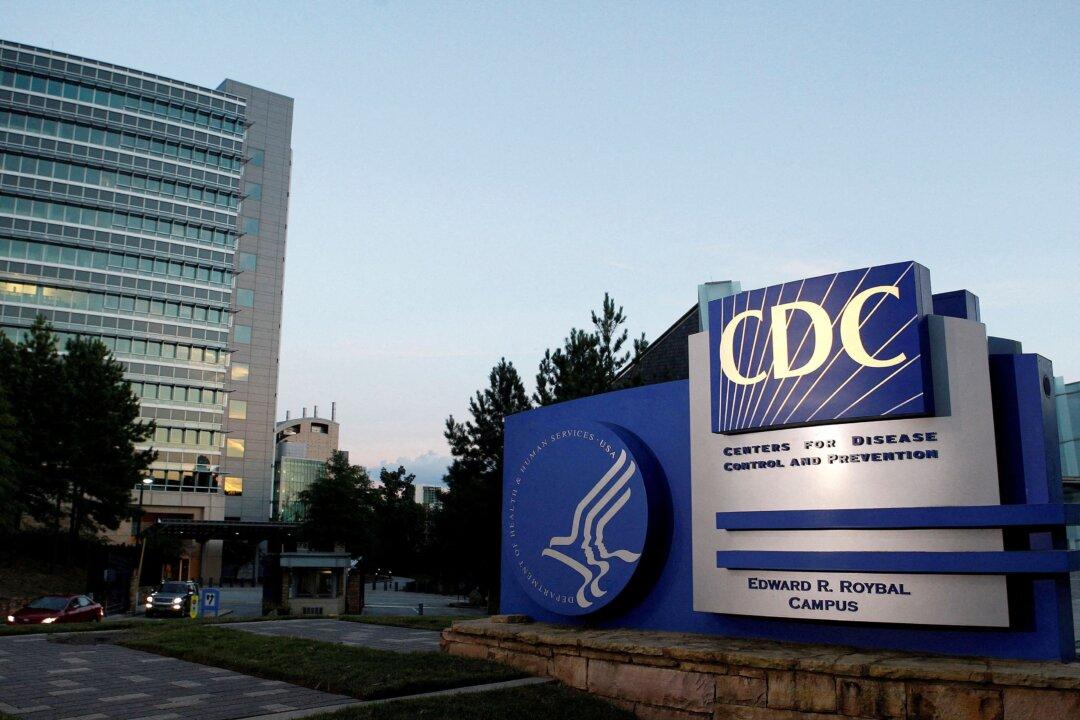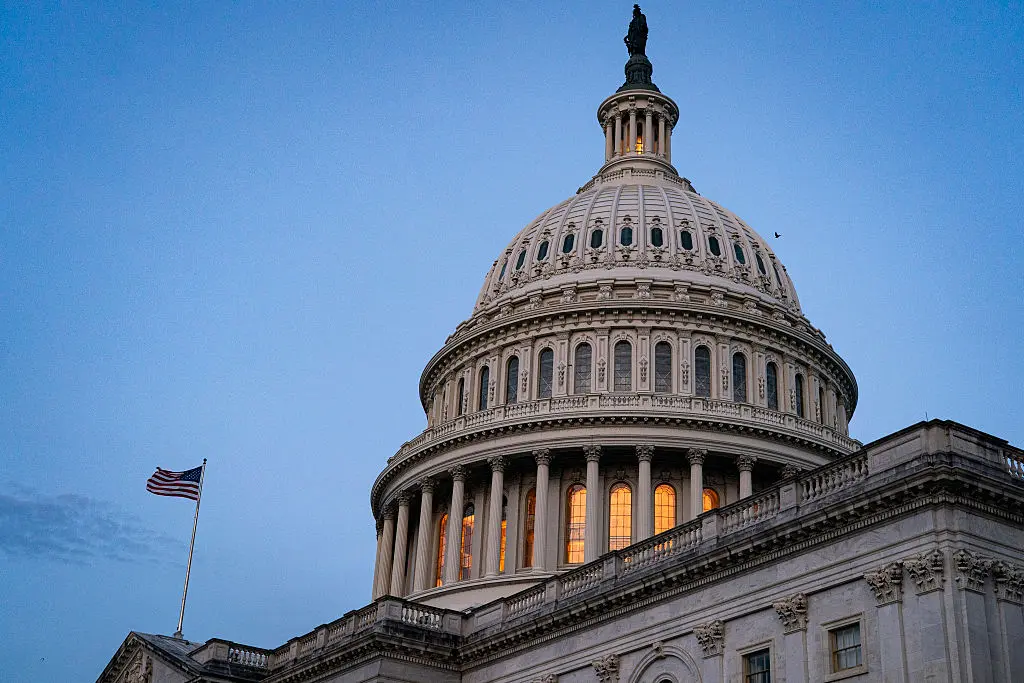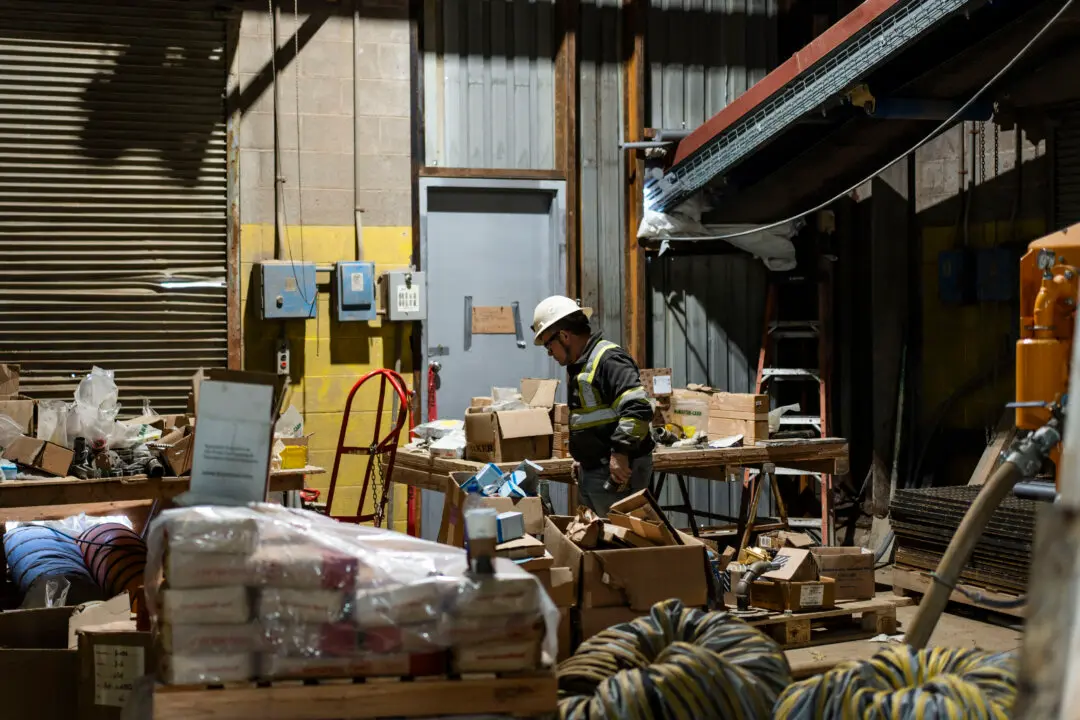The Centers for Disease Control and Prevention (CDC) says it’s expanding a wastewater surveillance program to enhance efforts to track COVID-19 infections across the United States.
“Go on, get the sewer jokes out of your system,” the CDC stated in a note in October 2020, shortly after it first launched the plan, known as the National Wastewater Surveillance System (NWSS), which tracks SARS-CoV-2 virus levels in wastewater across 400 sites nationwide to better track the spread of COVID-19 in the United States.





